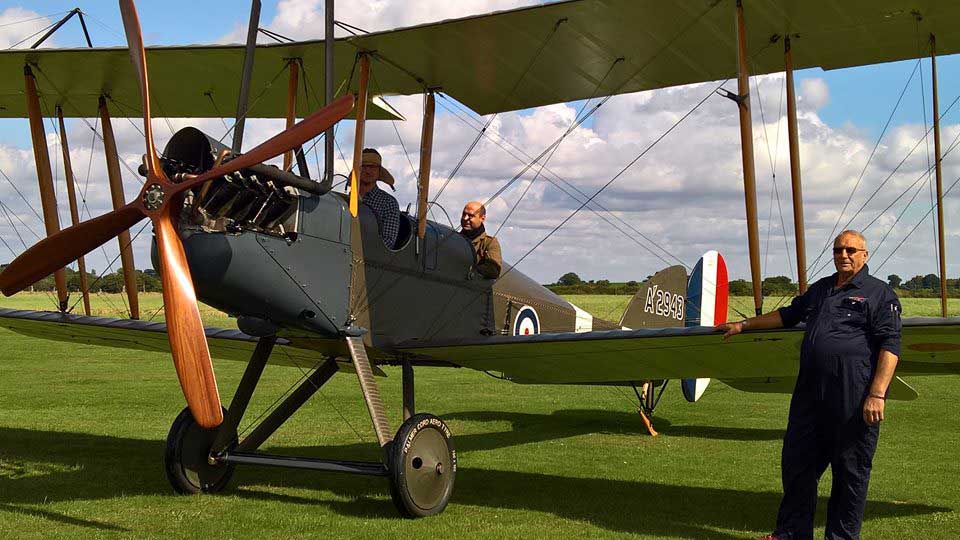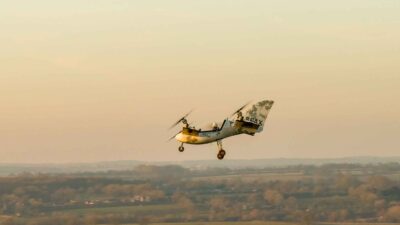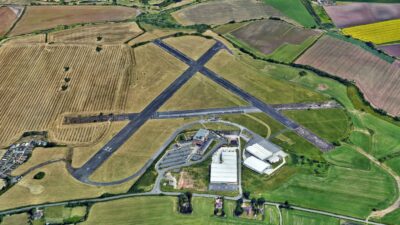Stow Maries Great War Aerodrome has won a £4.3m award from the National Lottery. The money will be used to further renovate the WW1 airfield and turn it into a major visitor centre.
Stow Maries Great War Aerodrome was established by the Royal Flying Corp (RFC) in 1916 and played a pivotal role in defending London and the British mainland from German Zeppelins and Gotha bombers.
Following the end of WW1, the site reverted to agricultural use, leaving behind a unique collection of historic buildings still in their original form. Stow Maries fell increasingly into disrepair and was largely forgotten until the late 1970s when local historians and military aviation enthusiasts recognised its importance.
The 24 surviving structures and airfield remain relatively unaltered since the aerodrome was taken out of service in March 1919. The money from the National Lottery is the largest injection of cash to date and will allow Stow Maries to:
- Restore and bring back into use five buildings, four of which are on the Heritage at Risk register
- Create a purpose-built welcome centre with visitor orientation, a café and shop
- Fully restore an officer’s accommodation block and use it to house a major new permanent exhibition exploring what life was like to live as an RFC officer
- Fully restore two more accommodation buildings to host temporary exhibitions, as well as being flexible spaces for school use and income-generating private hire
- Upgrade the historic toilet block and infrastructure works, including paths, power supplies and drainage
- Deliver activities and learning including a community archaeology project, wildlife trail and oral history project
- Train volunteers, apprentices and interns and recruit for two full-time posts.
Ian Flint, CEO of Stow Maries Great War Aerodrome Trust said, “This will help us keep Stow Maries where it deserves to be – on the regional, national and international heritage stage as a premier location for early military aviation history and the Great War in the air.”
Ros Kerslake, Chief Executive of the Heritage Lottery Fund, said, “Stow Maries is a remarkable place, providing a unique insight into First World War aviation. The fact that the aerodrome was largely forgotten for so many decades only adds to its mystique and appeal, but also means that surviving structures are in such well-preserved, original condition.”
Stow Maries Great War Aerodrome













1 comment
So pleased to hear this.
Flew in a couple of years ago and was amazed by just how much still remains of the original WW1 buildings.
I was also exceptionally impressed by the enthusiasm of the volunteers who have achieved so much already. Until this welcome boost from the NLF, they were just overwhelmed by the amount of work required to just to keep the site clear as well as the improvements they were always trying to make. Absolutely brilliant that we now have a superb example of WW1 history. Rendcomb next ??